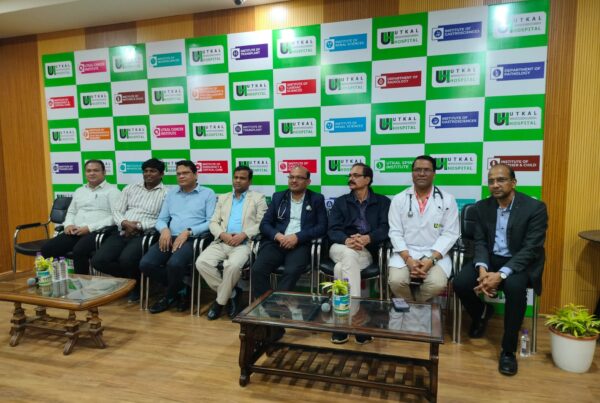Could a chest X-ray that you got in the emergency room be used to predict your risk of developing diabetes? Some US researchers think so. They developed an artificial intelligence model based on more than 2.7 lakh chest X-rays taken between 2010 and 2021. When it was tested on another set of 15,000 X-rays, they found that it could flag an increased risk of diabetes, either predicting future diabetes or ensuring early diagnosis in many who wouldn’t necessarily have undergone regular screening tests.
“Conceptually, it is fascinating to learn that just the data from a chest X-ray — which might have been taken for other health conditions — could possibly help in diagnosing diabetes. Practically, it is easier to do blood tests than a chest X-ray,” says Dr Ambrish Mithal, Chairman of Endocrinology and Diabetes, Max Healthcare. However, with digital records gaining ground in India, he says it points towards a possibility that chest X-rays taken for other purposes can be used to diagnose diabetes, considering nearly 50 per cent of diabetics in the country remain undiagnosed.
The AI model looked at the location of fatty tissues to determine the risk of diabetes. Fatty tissue is known to be linked with insulin resistance, leading to diabetes. While a blood sugar test would still be required to confirm diabetes, the researchers found that the red flagging by AI tools could help people get their diagnosis years before they otherwise would have. Diagnosing diabetes early gives clinicians a window of opportunity to help patients maintain their blood glucose levels through lifestyle modification and medicines, thereby reducing risk of complications like heart diseases, kidney disease, diabetic foot, and stroke among others.
The researchers said that their model could be used for wider opportunistic screening, meaning checking the risk of diabetes in people who might have gotten a chest X-ray for a respiratory infection or an injury. “We know there’s a lot of data in these images that we just haven’t really figured out a way of extracting. A tool like this can help identify these higher-risk patients without extra cost or effort,” said Dr Ayis Pyrros, adjunct professor at the University of Illinois Chicago and lead author of the study.
This will especially be of help in identifying cases among Indians because of their thin-fat body type, the researchers found. One of the primary markers for diabetes screening internationally is obesity determined by the body mass index (BMI). While this could be a good measure of population level obesity, when it comes to India, this measure runs into a problem. Many Indians with BMI lower than 25 — those considered not to be overweight — might still have a lot of fat around the abdomen, putting them at a higher risk of diabetes.
The researchers actually found that among obese individuals, the AI model was actually better at predicting the risk of diabetes than the current screening guidelines in the US, which say that overweight or obese people between the ages of 35 and 70 years should be screened for diabetes. Not only are Indians thin fat, but they also tend to get diabetes at an early age. So, many would miss diagnosis if these guidelines were followed. Luckily, in India, doctors are aware of this phenomenon and screen for diabetes beginning at 25 years and with BMI two points lower than the internationally accepted levels. Dr Mithal adds, “For a person with a strong family history of diabetes and obesity, I would start screening at the age of even 20 years. This is because we do see a lot of diabetes in the younger population,” said Mithal.
The finding is important seeing that India is the diabetes capital of the world. A recently completed study funded by the Indian Council of Medical Research pegs the number of people living with diabetes in India at 101 million. The study says that an additional 136 million are in the pre-diabetes category and may soon become diabetic, putting a huge strain on the country’s healthcare system.
“This is an exciting potential application of AI to pull out data from tests used for other reasons and positively impact patient care,” said Dr Judy Wawira Gichoya, assistant professor of radiology and imaging sciences from Emory University in a release. The team will next look at how well these X-rays can diagnose other conditions such as congestive heart failure and chronic obstructive pulmonary disease.




